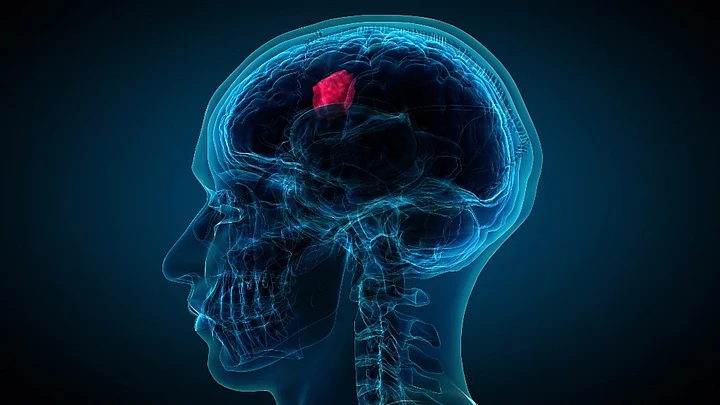US Republican Senator John McCain was diagnosed with a brain tumor in July 2017. His doctors had said that the tumor is one of the most aggressive forms of brain cancer.
Even as his doctors determined treatment options, the Senator, in a tweet, promised his colleagues in Congress he'd “be back soon”.
McCain underwent surgery to have a blood clot removed from above his left eye, and that clot turned out to be a sign that a tumor called a glioblastoma had started growing.
The Quint spoke to Dr Jagdish Chattnalli, Consultant, Neuro-Oncology, at HCG. Here are some things to keep in mind about glioblastomas:
1. What is Glioblastoma?
Glioblastoma multiforme: A highly malignant, rapidly growing type of brain tumor that arises from glial cells in the brain. Any tumor that arises from the glial (from the Greek word for “glue”), or supportive tissue, of the brain is called a “glioma.” One type of glioma is the astrocytoma. Astrocytomas are named after astrocytes, the star-shaped cells from which they grow.
Glioblastoma multiforme is the most aggressive of the gliomas.
2. Why are they considered especially dangerous/malignant?
Because they are highly malignant, rapidly growing and no treatment can stop them completely.
3. What is the treatment plan for this type of tumor?
Management of patients with glioblastoma multiforme (GBM) should be highly individualised and should take a multidisciplinary approach involving –
- Neuro-onco surgery,
- Medical oncology,
- Radiation oncology, and
- Pathology, to optimize the treatment outcomes.
Patients and caregivers should be kept informed of the progress of treatment at every stage.
- Surgery – Neurosurgery and Neuro-onco surgery
- Microneurosurgery
Surgery is an integral part of the treatment plan, to establish a histopathologic diagnosis and to achieve safe, maximal, and feasible tumour resection, which may improve clinical signs and symptoms.
Generally, the first step in the treatment of glioblastomas is surgery. With today’s modern techniques, surgery is generally safe for most patients. The goals of surgery are to obtain tumor tissue for diagnosis and treatment planning, to remove as much tumor as possible, and to reduce the symptoms caused by the presence of the tumor.
Brain mapping, MRI tractography (photo) and functional MRIs help the neurosurgeon determine and avoid eloquent areas of the brain during surgery. Stereotactic computerised equipment, image-guided techniques or intraoperative MRIs can be used by the surgeon as navigational tools – much like a GPS system. These tools help to guide the neurosurgeon’s access into some of the difficult or deep areas in the brain.
- Radiation
Radiation therapy usually follows a biopsy or surgery. There are different types of radiation which may be given using various doses and schedules.
- Chemotherapy
For newly diagnosed GBM, a six-week course of temozolomide is given concurrently with radiation.
4. Why are they especially hard to treat?
Because they are fast growing, intrinsic brain tumors without any clear demarcation.
5. What is the prognosis for patients? Where are we in research to treat this type of cancer?
“Prognosis” means a prediction of outcome. This information is usually based on information gathered from groups of people with the same disease. It is important to remember these statistics are not individualized.
Prognosis is usually reported in years of “median survival.” Median survival is the time at which an equal number of patients do better and an equal number of patients do worse. With standard treatment, median survival for adults with an anaplastic astrocytoma is about two to three years.
For adults with the more aggressive glioblastoma, treated with concurrent temozolomide and radiation therapy, median survival is about 14.6 months with a two-year median survival rate of 27 percent; five-year survival is 10 percent. However, there are case reports of patients surviving for 10-20 years.
Research is ongoing to find the keys to tumour progression in glioblastomas. The functioning of genes and their associated proteins, both within cells and on their surface, are important areas of research.
Identifying these key substances and mechanisms will help to lead to new drugs that are targeted at these elements and lead to more individualised treatment. Much of this research is still in the laboratory.

